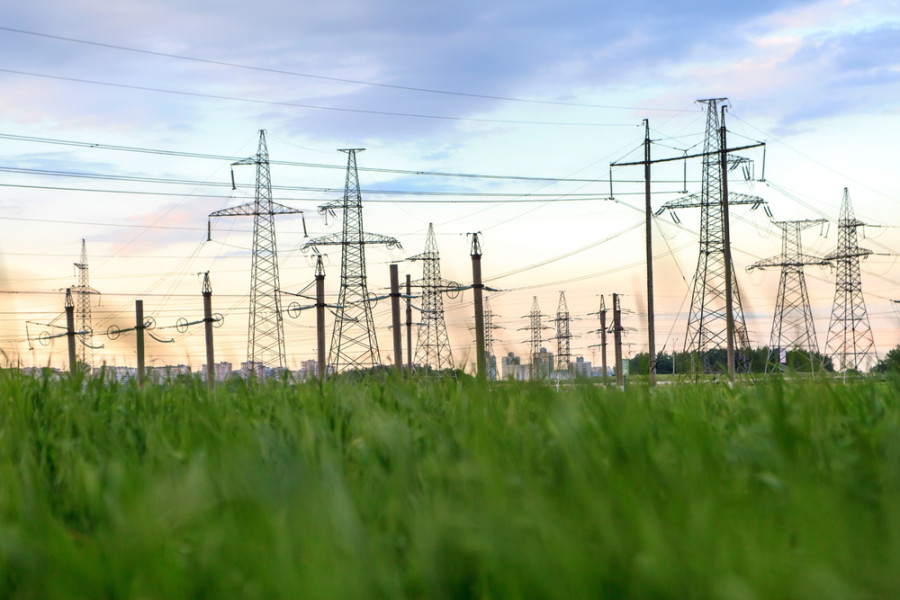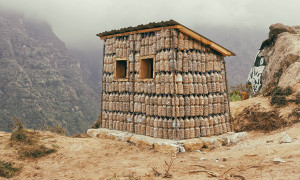Money
Transmission line talks stall over operational modality
A Nepal-India energy secretary-level meeting concluded in Pokhara on Thursday without reaching an agreement on the construction and operational modality of the New Butwal Gorakhpur Cross-Border Transmission Line Project.
Bibek Subedi
A Nepal-India energy secretary-level meeting concluded in Pokhara on Thursday without reaching an agreement on the construction and operational modality of the New Butwal Gorakhpur Cross-Border Transmission Line Project.
During the conference that was held on Wednesday and Thursday, the Nepali delegation led by Energy Secretary Dinesh Kumar Ghimire had proposed to build the power line by forming a joint venture company.
According to Kulman Ghising, managing director of the Nepal Electricity Authority who was present at the meeting, the Nepali side proposed to establish the joint venture company with each country having a 50 percent stake in it. As per Nepal’s proposal, the joint venture company will develop and operate the power line project which will generate revenue by imposing a wheeling charge on the electricity flowing through it.
“The Indian delegation didn’t agree with our proposal although they were positive about developing the power line,” said Ghising. The meeting directed the state-owned power utility Nepal Electricity Authority and the Central Electricity Authority of India to get together and come up with a modality agreeable to both parties within three months.
The two countries agreed that Nepal would build its portion of the 400 kV cross-border power line with its own resources, but they are yet to finalise the modality for the construction of the line falling within Indian territory.
The Energy Ministry is anxious to execute the project as Nepal has already arranged financing to build its portion of the transmission line. It is planning to implement the project with a grant provided by Millennium Challenge Corporation, an independent US government agency. An agreement to this effect has been signed, but the Nepal government must get the Indian government’s consent over the financial terms and operational modality for the agreement to become effective, as per the preconditions set by the corporation.
The bilateral meeting agreed to set up an energy banking mechanism between the two countries. Energy banking involves exchanging electricity for electricity instead of cash. Under this mechanism, one country exports electricity to the other when it has a surplus, and imports back the same amount of energy when it has a deficit. Ghising told the Post that India agreed to finalise the rules to regulate such exchange of electricity between the two countries soon so that mechanism would come into operation.
An energy banking mechanism is appropriate for a country like Nepal where power generation reaches full capacity during the monsoon and drops sharply during the dry season. Run-of-the-river hydropower projects in Nepal churn out a large amount of electricity during the rainy season when the water level in the rivers rises. Electricity output plunges more than 50 percent during the dry season when the rivers shrink.
As per the arrangement, Nepal can export surplus electricity during the wet season and import back the same volume of power during the dry season when there is a shortage of energy. The pattern of electricity generation in Nepal complements the demand and supply of electricity in India, making energy banking an ideal way to manage the fluctuation of electricity generation in the country, according to Ghising. When there is surplus electricity in Nepal during the monsoon, demand soars in the Indian states of Uttar Pradesh, Haryana and Punjab due to increased use by the farm sector.




 14.12°C Kathmandu
14.12°C Kathmandu















